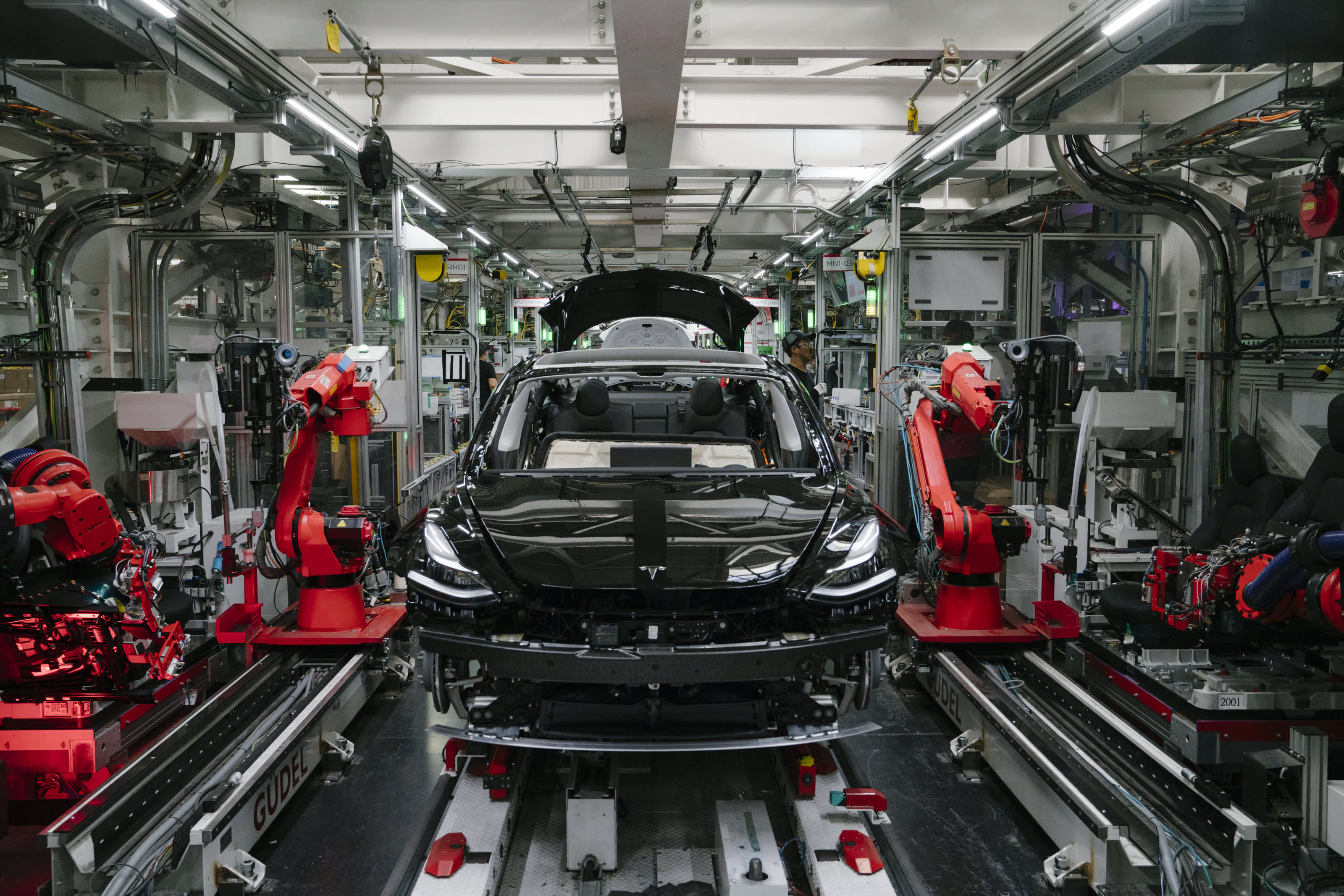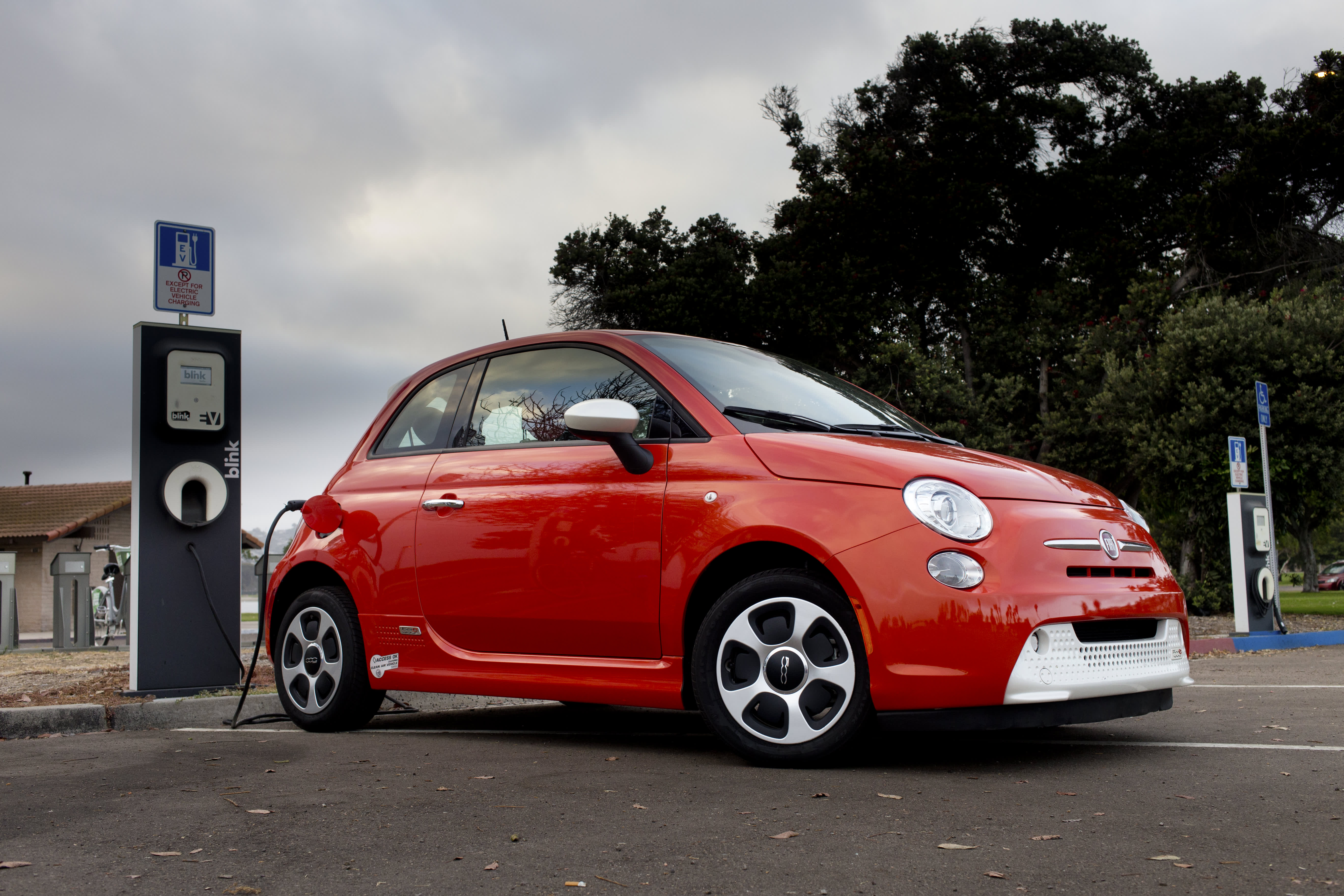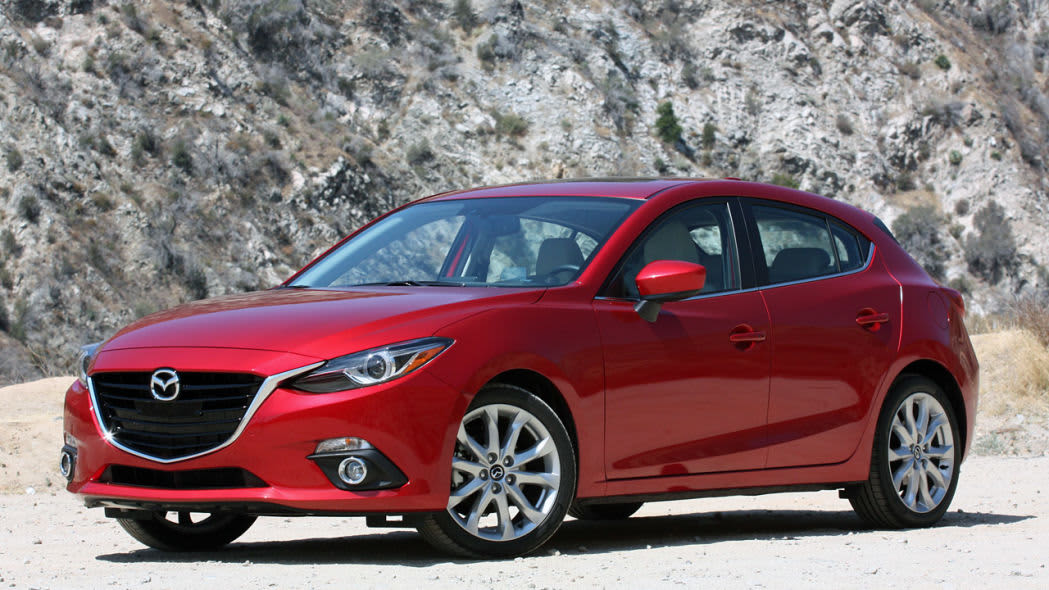Audi Repair Shop Doylestown
Call 267 279 9477 to schedule a appointment
When it’s time to buy a car, it certainly doesn’t hurt to be a professional car reviewer. But when I decided to buy a 2018 Nissan Leaf as a family car and second vehicle, I found out that there’s a steep learning curve. In this multi-part series, I share with you what I learned, to help you determine if an EV is right for you. In this installment, we discuss why you may want to choose a used electric vehicle. You can read the first installment: “Grappling with the dark side of EVs”, and the second installment: “Should I be concerned about EV range?“
Buy used and buy for the long term. This article is about electric vehicles, but this is sensible advice for anyone considering a conventional gas or diesel vehicle, too. It’s good for your wallet – all vehicles depreciate when they’re purchased, a “hidden cost” that’s hard to grasp until it comes time to sell. It also amplifies all the benefits of buying an EV in the first place, both environmental and societal.
There’s really only one downside, but we’ll get to that later.
Buying a used vehicle conserves resources
The strongest argument for buying a used EV (or any used vehicle) is that re-using existing products conserves both your money and the world’s finite resources. Think about the energy it took to build a car – from mining its constituent minerals to the molten steel and aluminum that formed its frame and body. Consider the electricity used to power those factories, forges, and mills. Think about the transportation stream – the locomotives, ocean-going freighters and semi tractor-trailers that hauled the vehicle to your locale. There’s a large expenditure of resources – energy used and emissions released – just to get that car to the point of sale.
There’s also the matter of the EV supply chain, which has some very real, very problematic environmental and human rights issues. You can read more about that in a previous installment of this journal, “Grappling with the dark side of EVs.” Now, producing the large lithium-ion batteries that power most EVs creates a lot of carbon emissions, too, but it should be noted that those emissions are generally offset after a few years. And in the future, it’ll happen even sooner as production emissions are reduced.
Furthermore, consider how much gasoline or diesel is offset every mile that an EV is driven. Every additional year that an average EV is on the road, driving an average number of miles, it’s offsetting about 410 gallons of gasoline compared to the average internal combustion engine (accounting for comparable vehicle size). Those are gallons that don’t have to be extracted, shipped, and eventually burned.
Moreover, there is a whole other set of “costs” associated with retiring an EV (or any vehicle). You have to break it down, ship the recyclable aspects to wherever they’re processed, etc. These are so-called end of life issues. Recycling is almost always more efficient than producing a new item out of raw materials, but it still involves energy and emissions (and sometimes human rights issues). The takeaway is: try not to scrap stuff until you really have to.
For all of these reasons, the best thing you can do is to extract as much useful life out of the product before purchasing another and incurring all those fixed costs all over again.
Buying a used EV can make good financial sense
The maintenance costs of used internal-combustion cars can be significant, but used EVs have less to go drastically wrong. You can read more about that in our EV Buying Guide. Battery pack degradation is a real thing, but it’s rarely a significant issue in any individual car. We always recommend a pre-purchase inspection for any type of vehicle – and the battery’s health can be tested during such an inspection.
More important to the financial picture is that EVs suffer from immense depreciation – more than any other type of vehicle, on average more than $5,700 per year. That’s a double-edged sword: Buying new or leasing can be very expensive, but buying used can be very cost-effective. It also means that once you own an EV, it makes financial sense to keep it until its value bottoms out. In most markets, EVs are a niche product with weak demand, so there are deals to be had if you look around.
If the EV you’re interested in has been on sale for several years with no major updates, it’s best to look for a used model. But if there’s a brand-new model out, make sure you check your local and federal credits, rebates and other incentives. It could be that these incentives drop the out-the-door price close to a used, older, but otherwise similar EV. While buying brand-new undercuts the benefits of buying used, after doing lots of research on the subject I feel that any purchase that displaces an internal-combustion vehicle is a net positive.
The used market has some serious limitations for EVs
It’s really only in the last couple of years that EVs have hit the overall range and price figures that make them appealing enough for casual shoppers to consider – look at the Chevrolet Bolt, the Hyundai Kona Electric, the Kia Niro EV and the Nissan Leaf Plus. That said, it’ll take some time for these longer-range, higher-feature cars to trickle into the used car market.
For the moment, the used EV market has some real limitations – mainly that the best deals out there are generally first-generation EV models with limited range – like the Fiat 500e (84 miles range), older-model Nissan Leafs (73-84 miles), the Ford Focus EV (115 miles), and so forth. That’s really the big takeaway I want to provide here: for many consumers, these affordable used EVs represent a lifestyle compromise. If an EV doesn’t have the range, features, or utility you need, you won’t buy one – especially if it carries a premium over an economical gas-powered car. The promise of the value of used EVs is mainly theoretical for stereotypical buyers, for now.
It’ll get better. EV prices are coming down as economies of scale and battery improvements are achieved. As new EVs improve, they’ll have the happy coincidence of devaluing older EVs with less range and fewer features. At a certain point, the range, size and price of used EVs will make them really attractive as commuter cars for regular folks, not just early adopters or environmentally-minded buyers. Others will accept a compromise for a great deal in the near term.
But in the meantime, if your needs are more in line with what the brand-new crop of 200-plus-mile EVs provides, you may have a hard time finding something used that meets your criteria. A glance at our Used Car Listings shows bare handfuls of certain late model EVs in my zip code, or none at all. Until the first crop of newer leased EVs is returned, it might be slim pickings out there – and your patience may be tested when there are new EVs gathering dust on local lots.
How to put all of this into practice as you shop for a used EV
When we started shopping, our family car was a 2012 Mazda3 2.0-liter sedan. Its efficient Skyactiv engine wasn’t being utilized to its fullest in my wife’s stop-and-go 25-mile commute and in errands around town. It felt like a waste. Plus, with another kid on the way, we were outgrowing it and interested in newer safety features.
But, we already owned the car, and all its production emissions were a few years in the past. (Read more about production emissions here.) Did it make any sense to get rid of it and pick up a newly-produced EV or hybrid?
There were a few criteria to balance. Let’s talk about carbon emissions first, since that was the main driver of the purchase. It won’t take us long at all to overcome the Leaf’s production emissions, although the math to calculate that relies on some estimates and assumptions. To calculate continuing carbon emissions, we used Fueleconomy.gov’s data. Go to “Find a Car”, enter the vehicle info, then click on the “Energy and Environment” tab to see yours. Given our electricity source we’re looking at 12-18 months. That’s a quick “break-even” point.
Second, we considered fuel costs – the cost of gas versus electricity – using another Fuelecononmy.gov calculator. At our utility prices and with the mileage we drive (about 8,000 miles a year), the Leaf saved about $800 per year – about $200/year to charge, versus the roughly $1,000/year to fuel the Mazda. That’s a significant chunk.
Let’s just take a quick look at how the math works out, assuming we’d traded the old ’12 Mazda3 in on a newer model. A new or certified used 2018 Mazda3 2.0 automatic sedan, similarly equipped and with similar miles to our Leaf, is worth about $21,000 (before tax, license, etc.). We bought a current-generation CPO Leaf for $25,500. Given the fuel savings, the break-even point here is 4.5 years. If we keep the Leaf for the average American car ownership period of 6 years, and we ignore depreciation for a minute, we’ll overcome the premium we paid for the Leaf in fuel savings during our ownership period while massively reducing our carbon footprint almost from the get-go.
That said, gas is cheap right now, historically and adjusted for inflation. If gas prices rise again, which they certainly could, EVs become much more appealing. Likewise, if we’d been willing to sacrifice some range and go with the last-generation Leaf, our break-even points on carbon emissions and fuel price would have been even sooner, with even less out of pocket. If we’d been able to wait a few years for the ’18 Leaf to depreciate even more, the math would have looked better, too.
The bottom line
It’s simple: The less you spend, the more likely the return, up to a point. But given the nature of the market, lower cost means older, and older means substantially less range (generally). With age, you may sacrifice range (generally), safety and some convenience features – not to mention that it’s nice to have something newer. But that comes at the expense of fuel cost and carbon emission break-even points.
It all goes back to something that’s becoming the subtext of all of these journal entries: Think carefully about what you want and what you need. It’s all about balance. Hopefully these pieces help you find that balance – and a vehicle that fits the bill.
from Autoblog https://ift.tt/2ROtK3C



